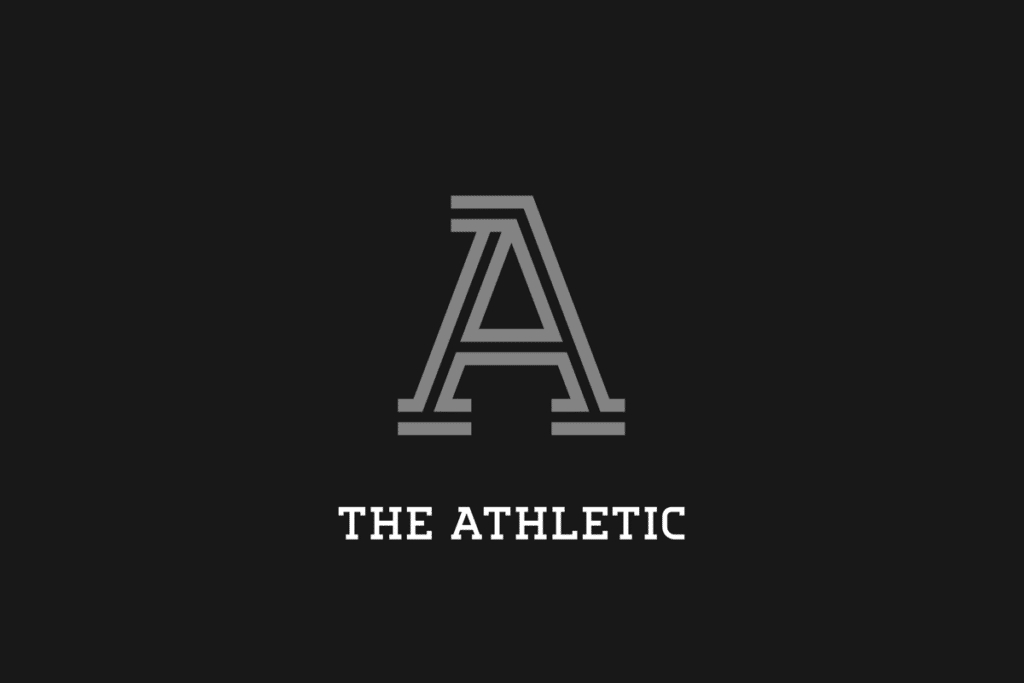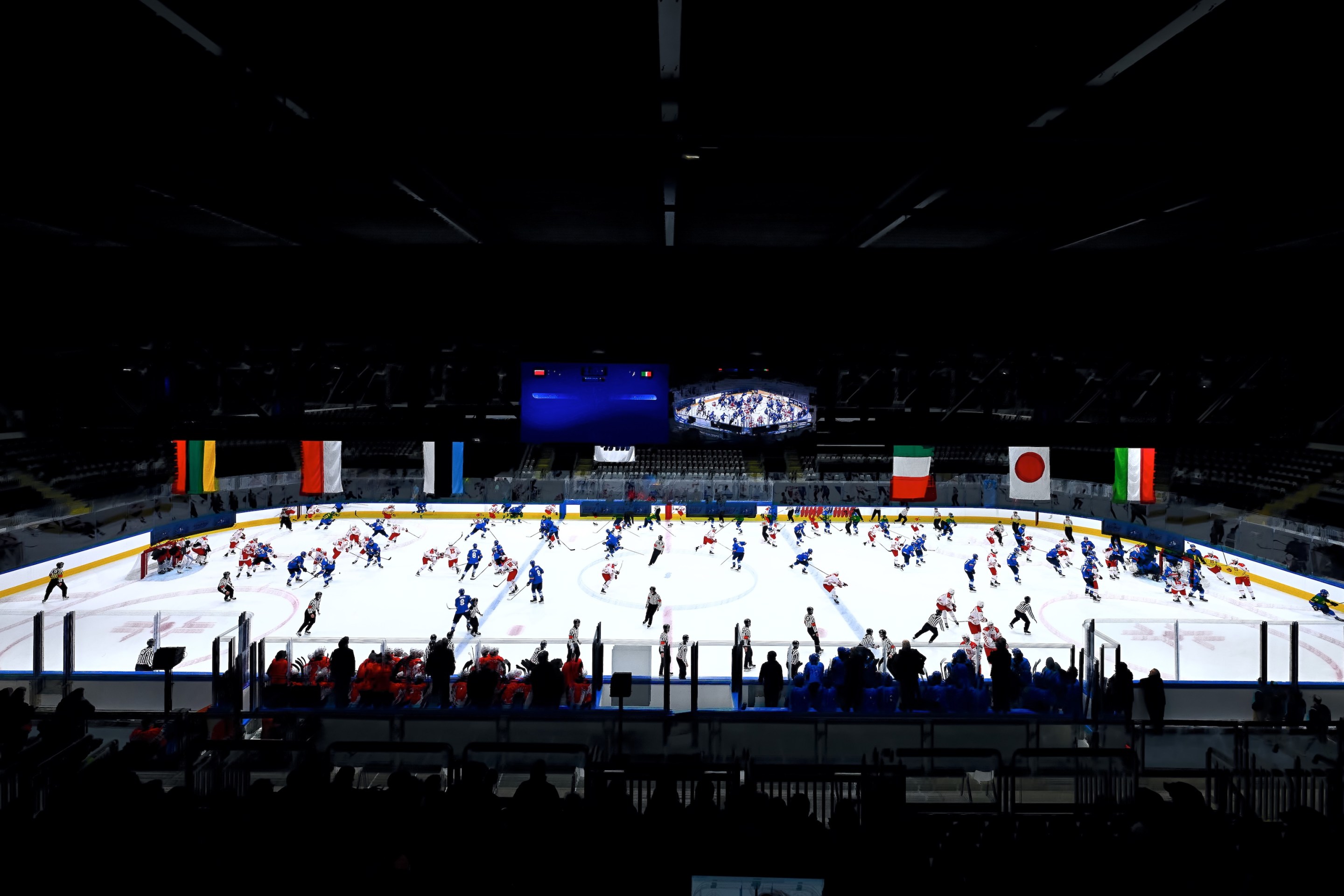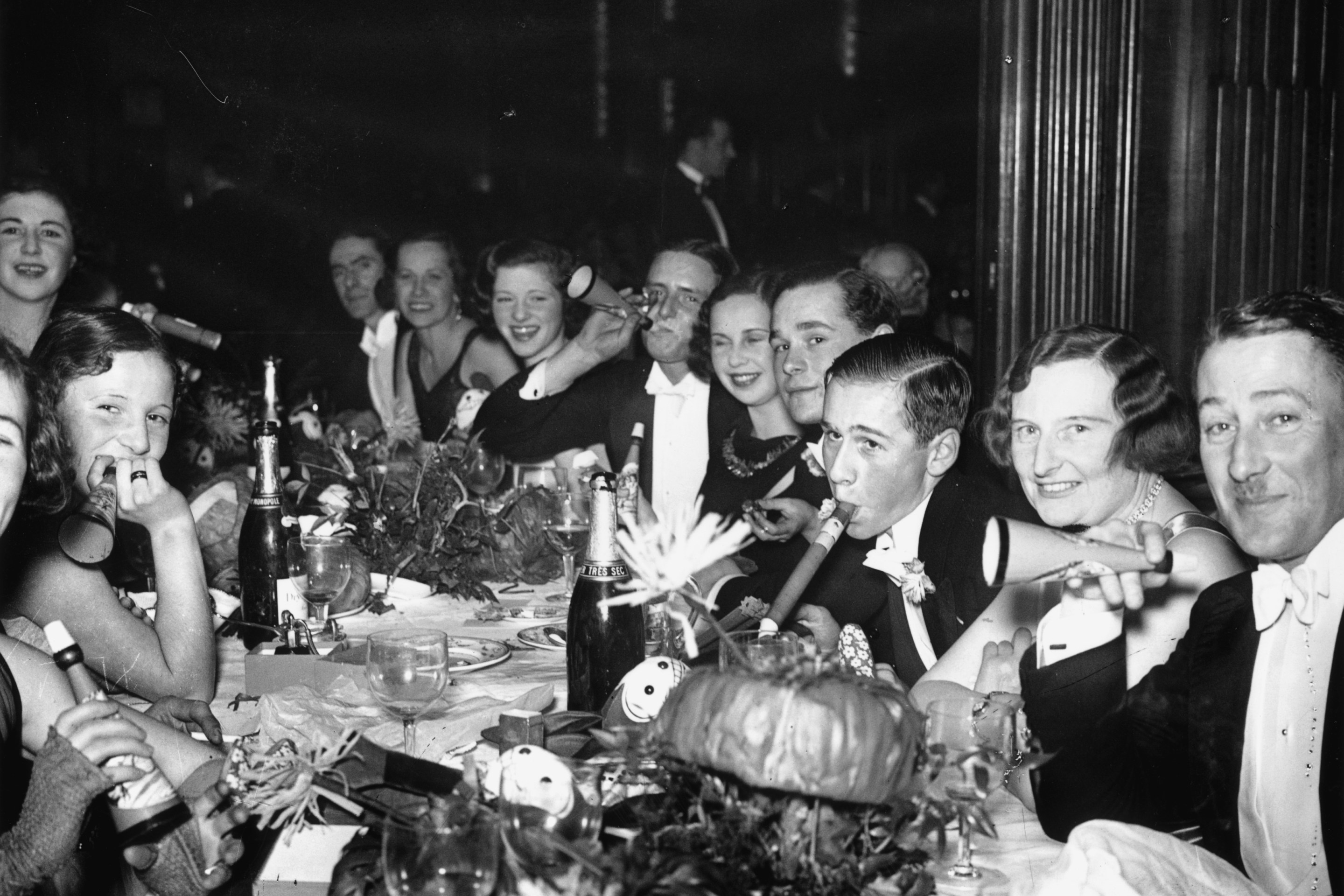The Athletic exists as the half-billion-dollar New York Times little sibling that it is today because of local sports sections. Long one of the most popular parts of any city newspaper, founders Alex Mather and Adam Hansmann understood in the mid-2010s that, even as those newspapers disintegrated into ad-cluttered websites struggling for relevance and profitability, the demand for hometown sports coverage hadn't gone anywhere. As a result, through 2017 and 2018 they practically made a game out of poaching as many high-and-dry beat writers as they could from declining papers nationwide, giving them more space and more money to do much of the same work they were doing, with a company in less immediate danger of collapsing. The Times profile of the site from October 2017 began, "By the time you finish reading this article, the upstart sports news outlet called The Athletic probably will have hired another well-known sportswriter from your local newspaper."
The implied endgame here was a beat writer for every major sports team, plus a number of general writers for less popular leagues, all packaged together for a monthly fee. While the mass exodus of experienced sportswriters dealt another blow to local news, the product they helped create was a compelling one. The writing itself was more old-guard than some of its other new media brethren, but the site was clean, comprehensive, and usually smart, with its writers freed from the expectation of constant gamers and allowed more time to produce better stories. As a customer, I found that The Athletic's centralization of sports coverage made me a more efficient reader and a smarter blogger, with the ability to easily check in on any team across the continent at any time. Despite obvious questions about how, actually, they could afford such a massive staff, Mather and Hansmann seemingly did what they set out to do. At least, I think when someone buys a company you founded six years ago for $550 million that signals business success. It's hard to tell these days.
But it was easy to notice a change in 2020. Not only did The Athletic make serious cuts in June of that year, but its resolve to get boots on the ground in every market had clearly waned. Even after U.S. travel returned to normalcy, and teams stopped playing in empty buildings, there remained glaring holes in the site's coverage that were never patched up. For one example, look at the bios under the bylines at the top of the "Denver Nuggets" page as they potentially look to clinch their first-ever NBA title tonight:
- Joe Vardon is a senior NBA writer for The Athletic, based in Cleveland.
- John Hollinger’s two decades of NBA experience include seven seasons as the Memphis Grizzlies’ Vice President of Basketball Operations and media stints at ESPN.com and SI.com.
- Tony Jones is a Staff Writer at The Athletic covering the Utah Jazz and the NBA.
- Nick Kosmider is a staff writer for The Athletic covering the Denver Broncos.
While some beat writers have kept up the same work they've been doing since they were hired, there's an undeniable lack of specificity to The Athletic's coverage now, with writers assigned to topics as they become nationally relevant, as those without the same prestige pump out SEO-focused posts marked with phrases like "NBA Finals odds, expert picks for Nuggets vs. Heat Game 5." Particularly now that it's been swallowed by the Times, The Athletic is no longer disrupting sports media. It's walking a well-trodden path.
The shift in priorities became explicit on Monday, when The Athletic announced not just another 20 layoffs, but a change in its philosophy, too. As the site also moves former beat writers to more general roles, publisher David Perpich and executive editor Steven Ginsberg wrote in a note to staff that the once regionally-focused company would be engaging in a widespread zoom-out:
“The Athletic has generally viewed every league in a similar manner, with similar beats and offerings. But our growing body of research and our own understanding of the sports we cover compel a more nuanced approach,” the note said, adding, “There is no perfect formula for determining which teams to cover, but we are committing dedicated beat reporters to the ones that most consistently produce stories that appeal to both large and news-hungry fan bases, as well as leaguewide audiences.”
It's easy to see the New York Times' DNA in this decision, as the paper has transformed itself from an outlet that covers New York to the default online paper for the English-speaking world, and you can see a sort of business logic in The Athletic's pivot. We're spending more money covering these teams in depth than their fans are paying us, so why not produce more stories that cast a wider net? It's the same logic that leads to ESPN covering the Knicks, no matter how they're playing, more closely than the Nuggets.
But it's hard to see a reason for anyone else to be excited about this change. There's the cruelty of snagging beat writers for the short term, contributing to the decimation of their old employers, and then shooting them back out into a nearly nonexistent job market. There's the inconvenient fact that the most newsworthy teams change on a yearly basis, and that, for example, laying off your Florida Panthers beat writer in 2020 could leave you without anyone plugged into the Eastern Conference champions. But perhaps most thematically integral, The Athletic's entire identity was built on the revitalization of the friendly neighborhood sportswriter. In Michigan, one of its earliest markets, writers like Colton Pouncy, James L. Edwards III, Max Bultman, and Cody Stavenhagen have built trust among their respective teams' fanbases with consistently detailed and knowledgeable insight. When they write about a player, you know they've looked him in the eye at some point in the past few days. It's possible to produce great work sans that access, and for covering difficult issues it's often the better path. But when The Athletic was doing what it promised, it was because it was a singular place with the money and the willingness to send a hockey writer from Detroit all the way to Sweden, twice, just to check in on a handful of prospects in one team's system. That commitment made it worth the price. Beat writers peel back the layers where only the hardcore fans care to look, and it's understandable if those few maniacs aren't enough to turn a profit on. But without those beat writers, what does The Athletic have that you can't get anywhere else?







